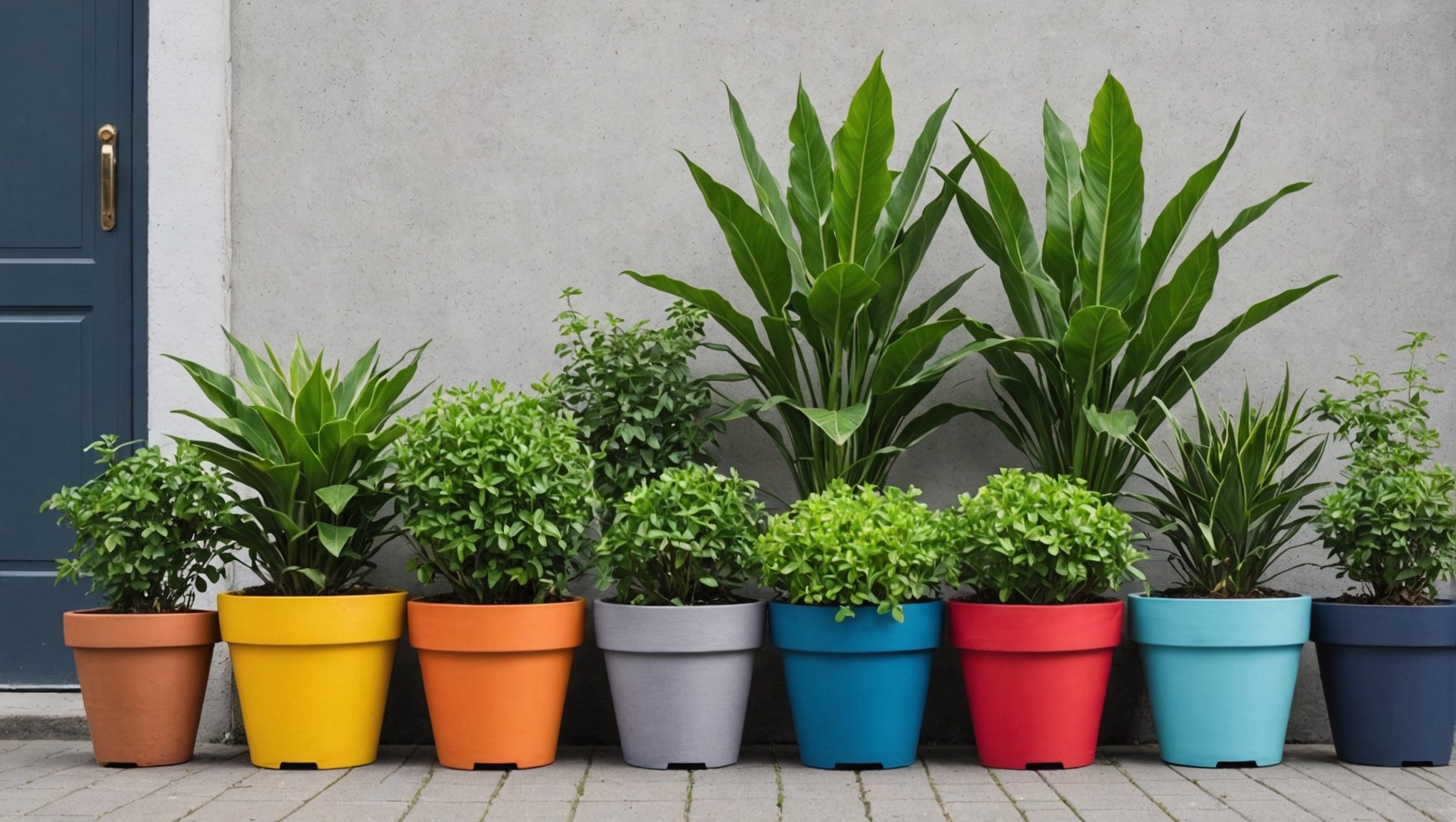Breathe life into urban gardens with fabric planten pot

Transforming your urban garden into a thriving oasis can feel challenging. The secret? Fabric planter pots. These innovative containers promote strong root development, enhance ventilation, and control temperature. Plus, they’re an eco-friendly option. Whether you’re a commercial nursery owner, organic grower, or home gardener, fabric planter pots offer versatility for various plant types and sizes. Embrace the ease of maintaining a healthy, vibrant garden in your urban space with practical tips for getting the most out of these durable, environmentally-conscious containers. Discover why fabric planter pots are revolutionizing urban gardening.
Advantages of fabric planter pots
Fabric planter pots, like the Bacsac, offer several compelling benefits for both novice and experienced gardeners. One of the primary advantages of fabric pots is their ability to promote strong root development. Unlike traditional plastic pots, fabric pots allow air to penetrate the material, encouraging roots to grow in a healthier, more fibrous manner. This air-pruning process prevents roots from becoming root-bound, which is a common issue in conventional pots.
Sujet a lire : Can You Retrofit a Keyless Entry System in an Older Audi A4 for Improved Security and Convenience?
Another significant benefit is the enhanced ventilation and temperature control provided by fabric pots. The breathable material ensures that excess heat can escape, maintaining an optimal temperature for root health. This feature is particularly advantageous in warmer climates where overheating can be detrimental to plant growth.
Moreover, fabric pots are an eco-friendly gardening option. Made from sustainable materials, they reduce the reliance on plastic, aligning with environmentally conscious gardening practices. This makes them an excellent choice for those looking to minimize their ecological footprint while still enjoying the benefits of container gardening.
A découvrir également : How to Improve the Performance of a Hyundai Kona Electric with a Battery Management System Tune?
Practical applications of fabric planter pots in urban gardening
Fabric planter pots are highly versatile, making them ideal for both indoor and outdoor use in urban gardening. Their adaptability is a significant advantage for _urban garden ideas*, as they can accommodate various plant types and sizes. Whether you're a commercial nursery, an organic grower, or a home gardener, fabric pots offer numerous container gardening tips to enhance your urban plant care.
One of the key benefits is their suitability for different environments. In urban settings, where space is often limited, fabric pots can be easily moved and rearranged to maximize available space. They are also excellent for rooftop gardens and balconies, providing a flexible solution for urban gardening enthusiasts.
Moreover, fabric pots support a wide range of plants, from small herbs to larger shrubs. This versatility ensures that even those with limited space can create a diverse and thriving urban garden. The breathable material of fabric pots also makes them ideal for plants that require good air circulation and drainage, further promoting healthy growth.
For those looking to implement eco-friendly practices, fabric pots are a sustainable choice. They reduce the need for plastic containers and align with environmentally conscious gardening methods. This makes them a practical option for anyone aiming to minimize their ecological footprint while enjoying the benefits of urban gardening.
In summary, fabric planter pots provide a practical and adaptable solution for urban gardening, catering to various plant types and sizes while promoting sustainable practices.
Maintenance tips for fabric planter pots
Proper fabric container care is essential to maximize the benefits of fabric planter pots. Regular cleaning and storing the pots correctly can significantly extend their lifespan. After each growing season, empty the pots and wash them with mild soap and water to remove soil and plant residues. Allow them to dry completely before storing in a cool, dry place to prevent mold growth.
Irrigation and drainage considerations are crucial for maintaining fabric pots. Ensure that your watering routine accounts for the enhanced drainage capabilities of fabric pots. Overwatering can still be an issue if not monitored correctly. Using a saucer or tray underneath the pot can help manage excess water, especially in indoor settings.
The longevity and durability of fabric pots depend on consistent maintenance. While fabric pots are generally durable, exposure to harsh weather conditions can degrade the material over time. Rotate the pots periodically to ensure even wear and consider using protective covers during extreme weather to preserve their integrity. Proper fabric pot maintenance practices will ensure your urban garden thrives season after season.
